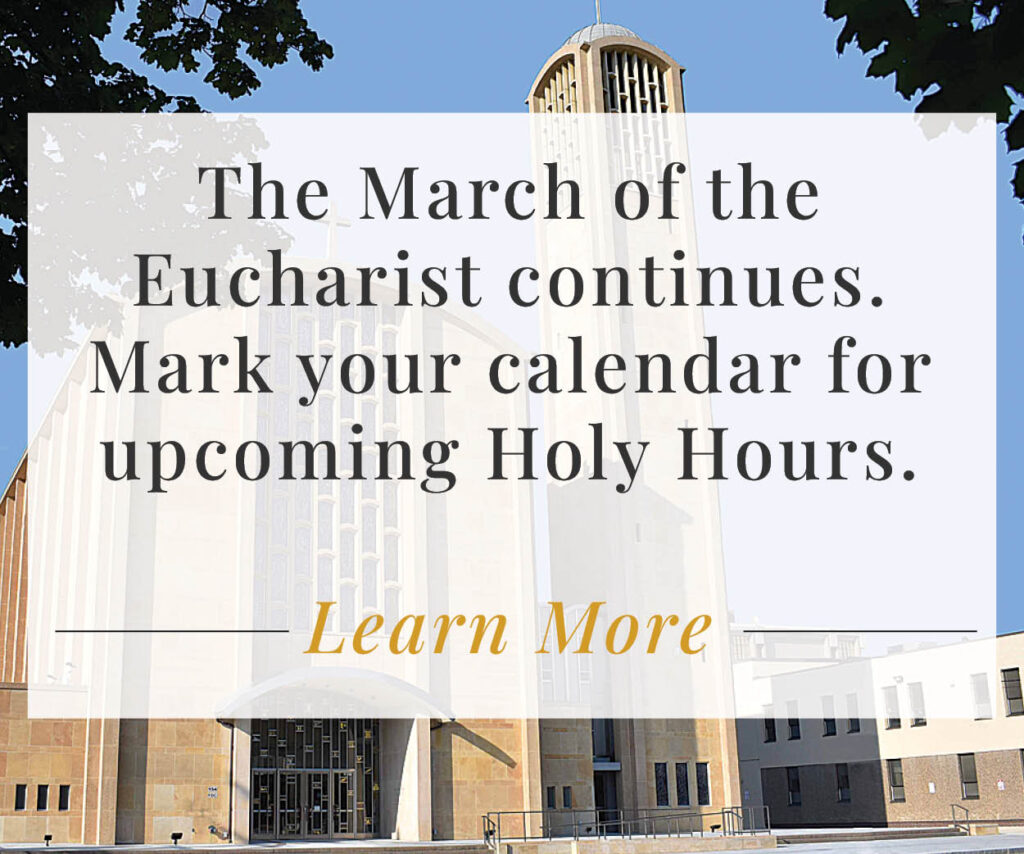
Both the number and the age of the children in this photograph represent what would have been recent developments in the 1920s—huge population growth and the reception of First Communion around the age of seven. The children seen here celebrated the sacrament at a much younger age than their parents would have.
In the 1800s and up until 1910, First Communion was celebrated in adolescence, and indeed, receiving Communion throughout life was fairly rare—most people felt that they were unworthy. Pope Pius X (declared a saint in 1954) set about to change that. In 1910, he decreed that the age to first receive would be seven, provided that the child knew good from evil, could understand the difference between ordinary bread and eucharistic bread, and was able to receive communion with devotion.
The number of children in this picture also represents a big change in the daily life of their city—a population boom brought about by increased migration from Europe. The population of Youngstown in 1900 was 44,885. By 1920, it was 132,358. By 1930, it was 170,002—a boom by any definition. A similar boom in Canton saw growth from 1900 at 30,660 to 1930 at 104,906. Such large First Communion classes would have been the joy of many of our parishes.












